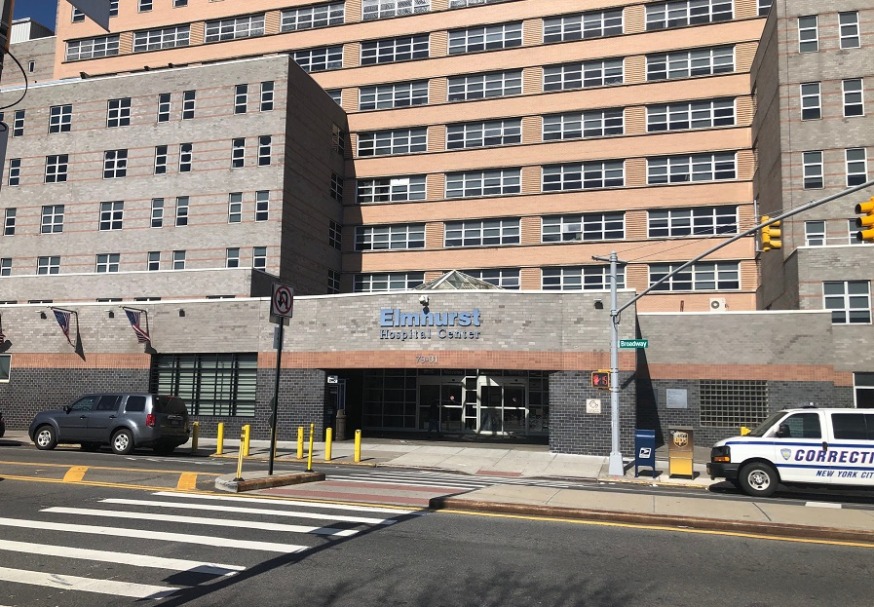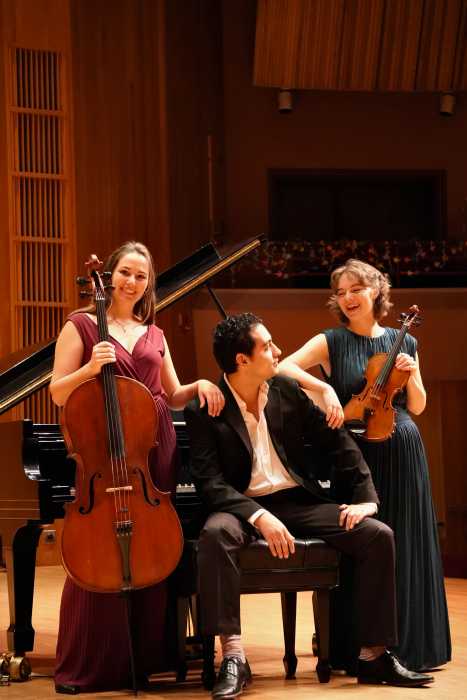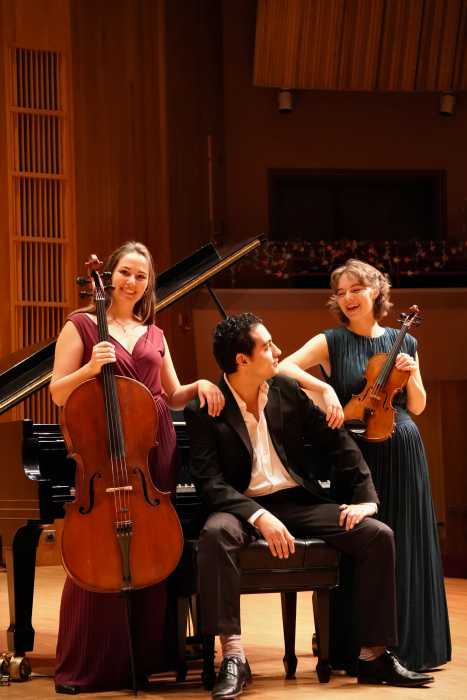
Elmhurst Hospital, epicenter of the pandemic in Queens (Photo: QueensPost)
March 26, 2020 By Allie Griffin
More and more New Yorkers are dying from the coronavirus and the virus has killed more residents of Queens than any other borough.
Nearly 300 residents in New York City have died of COVID-19 complications and about a third of all deaths have been in Queens.
As of 8:45 this morning, 92 Queens residents out of 281 New York City residents have died, according to New York City data. Across the state, 100 people died in the past 24 hours, totaling 385 people lost since the pandemic began.
“This is really bad news. The number of deaths is increasing,” Governor Andrew Cuomo said at an Albany press conference today. “It’s bad news because people are dying and that’s the worst news you can have.”
Queens also has the highest number of cases of COVID-19 at 7,026 out of the City’s 21,873 total cases, according to the city data.
As of yesterday at 5:30 p.m., 1,363 patients were hospitalized in Queens for COVID-19 — that’s more than Staten Island’s total number of cases.
Elmhurst Hospital has been inundated with sick COVID-19 patients and is at the center of the crisis. In just 24 hours, the hospital lost 13 patients.
The number of deaths will continue to rise as critical patients remain on ventilators in the ICU, Cuomo said, and resources get stretched.
A doctor at Elmhurst Hospital said the staff members have been frantically searching for additional beds for the critically ill coronavirus patients.
“It’s just like a tidal wave,” said an Elmhurst Hospital doctor, who spoke on condition of anonymity. “The only beds we’ve been able to free up are people who have died.”
And at NewYork-Presbyterian Queens in Flushing, hospital staff have moved children undergoing treatment to free up room in the intensive care unit for coronavirus patients, the New York Post reported.
Cuomo said his office is working to distribute patients between hospitals in order to prevent individual hospitals from being overrun.
“Right now, the number of cases is highest in downstate New York,” Cuomo said. “So we’re working on a collaboration where we distribute the load between downstate hospitals and upstate hospitals.”
The state is also working to create an additional 1000-bed overflow facility in each borough, Cuomo said.
The hospital system across the state has 53,000 beds. At the height of the pandemic — which is expected to come in 14 to 21 days — New York may need as much as 140,000 hospital beds.
The governor acknowledged the challenge New Yorkers were facing as the state has become the epicenter of the pandemic in the United States.
“I don’t want to sugarcoat the situation — the situation is not easy,” Cuomo said. “But easy times don’t forge character, it’s the tough times that forge character and that’s what we’re looking at right now.”
2 Comments






Were can i go pick up food in jamaica queens i please in 174 Ave jamaica Queen please respond i need to feed my childthank in Godbless you all for tour caring for BOEING MY HEROS.
Why the Elmhurst hospital doctor is anonimus?
We need the name.